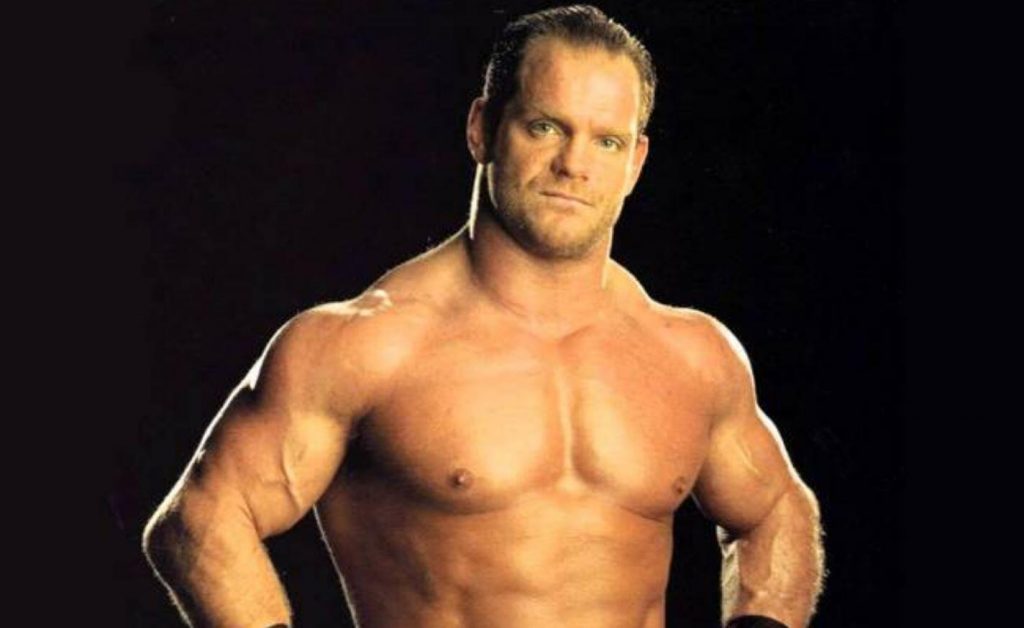
When you see athletes on television, it’s sometimes difficult to think you are seeing someone like you. At the height of their abilities, athletes appear to have powers and abilities more superhuman than human. And when these “superhumans” unexpectedly die, it always comes as a shock.
As it turns out, some of the things that kill our favorite athletes are absolutely crazy. What has killed some of the best athletes in history, and what still threatens today’s top athletes? Keep reading to discover some of the weirdest facts in sports history!
Jimmy Hayes
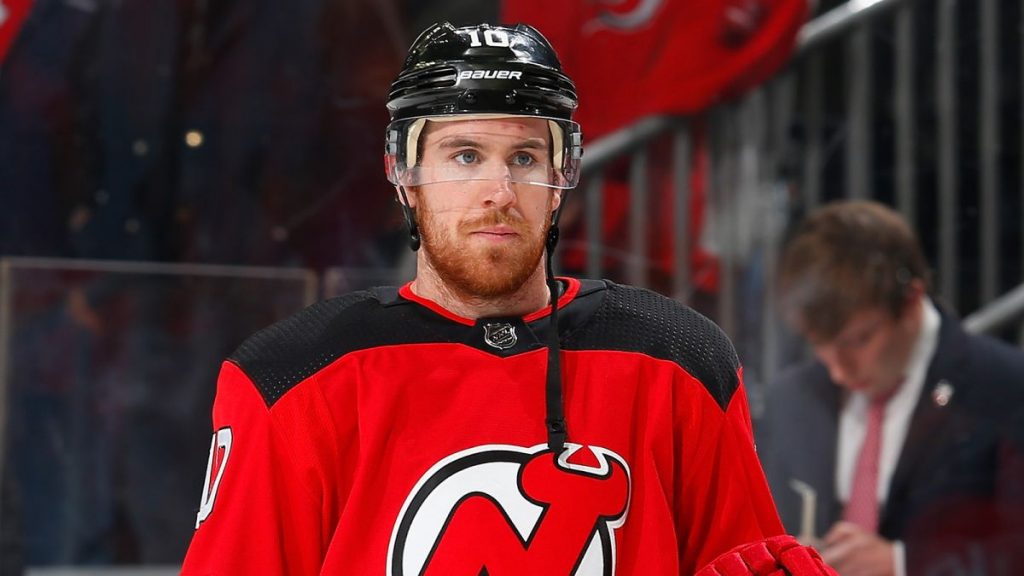
It shocked the world when hockey player Jimmy Hayes died. According to the Boston Globe, he died of opioids and other substances at 31 years old. The official autopsy report said that Hayes died of “acute intoxication due to the combined effects of fentanyl and cocaine.”
Hayes’ father apparently knew about his son’s struggles, but he believed things were improving. According to him, everything was on the path to recovery, I thought. But this [expletive] is so powerful.”
Ultimately, Hayes’ death serves as a powerful warning about the dangers of opioid abuse.
Mike Webster
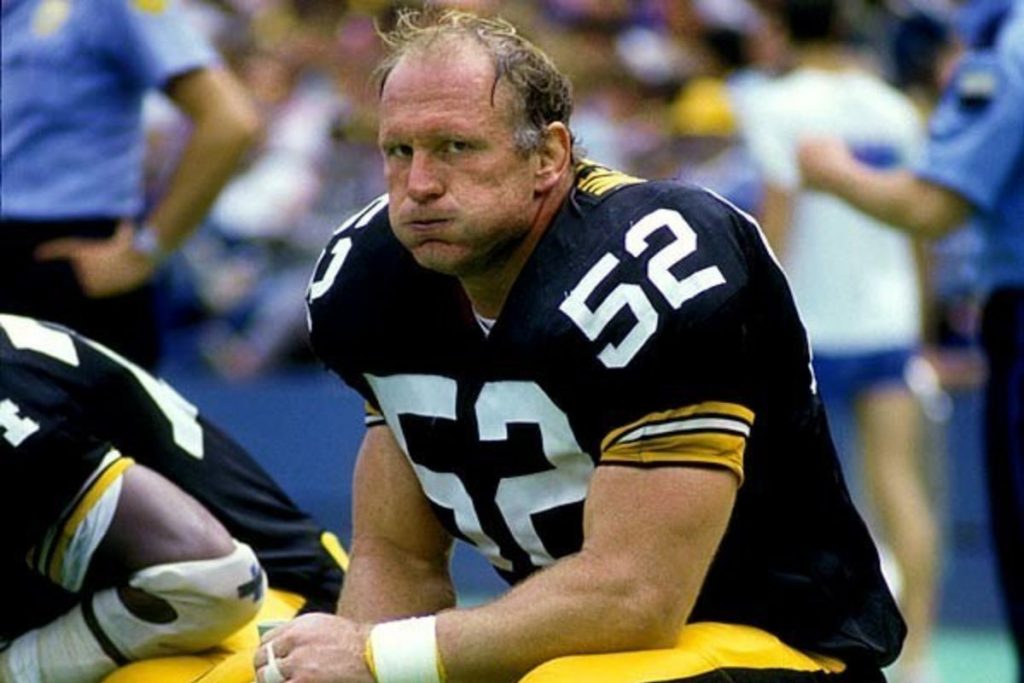
With some athletes, there were warning signs ahead of their untimely deaths. For example, Mike Webster was once a center for the ‘75 Steelers. But the Atlantic reports that after his retirement, Webster threatened to kill strangers, wandered the streets, and even tased himself unconscious just so he could sleep. Eventually, he died at the age of 50.
Pathologist Bennet Omalu was convinced that Webster suffered from dementia pugilistica. This is a special kind of dementia that can be caused by repeated head trauma. After spending thousands of his own dollars researching Webster’s brain, Omalu was able to confirm that this dementia killed Webster and that dementia pugilistica could affect football players as well as boxers.
Chris Benoit
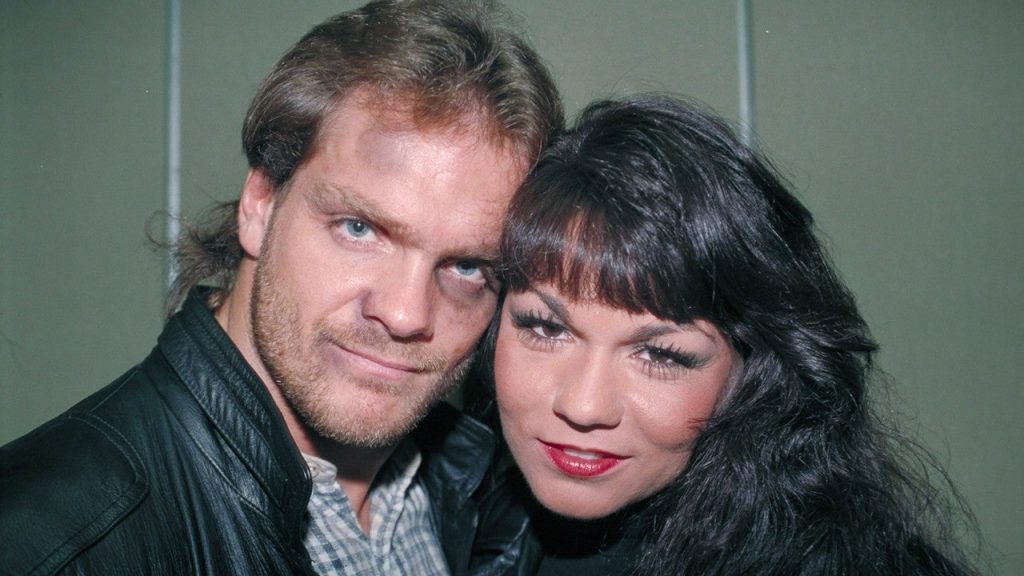
At first glance, the death of wrestler Chris Benoit seems straightforward (albeit horribly depressing). Benoit killed his wife Nancy and his seven-year-old son Daniel before hanging himself. What’s left to figure out?
The main question to answer was “why would someone like Benoit suddenly do this?” ABC News reports that researchers studied Benoit’s brain after death. Shockingly, they discovered that the 40-year-old wrestler’s brain looked like that of “an 85-year-old Alzheimer’s patient.” Dead tissue was found in every part of his brain and it seems that repeated head injuries from wrestling effectively transformed him into an entirely different person.
Korey Stringer
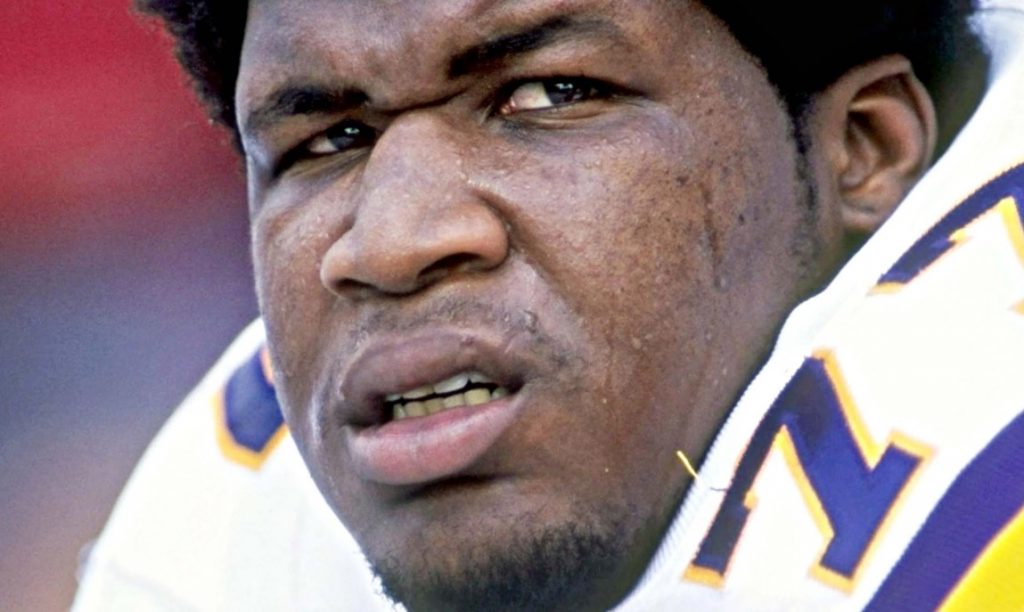
Football legend Korey Stringer was only 27 years old when he died. Obviously, this prompted everyone from friends and family to fans to wonder what could have killed someone so young and healthy.
The New York Times reported that Stringer died due to “multiple organ failure due to heatstroke.” He collapsed after leaving the field on a hot day. And back in 2001, experts in sports medicine didn’t realize the true dangers of heatstroke. These days, the Korey Stringer Institute, founded by his widow, does its best to keep athletes from dying, especially of preventable things like Stringer died of.
Len Bias
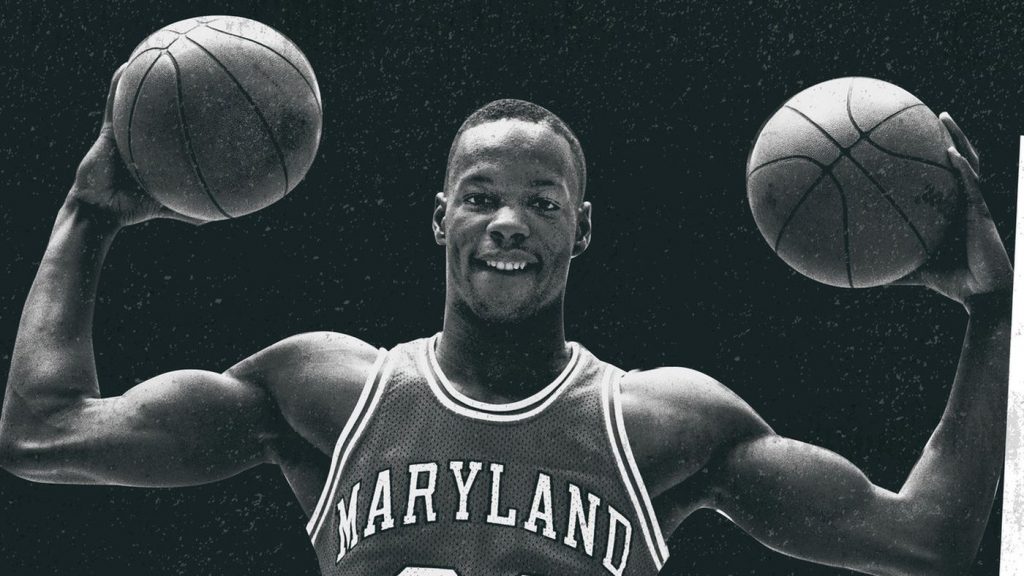
The story of Len Bias is the story of what might have been. He was a hotshot basketball player drafted by the Celtics back in 1986. By all accounts, he had an amazing career and life ahead of him. However, after he returned home to celebrate getting drafted with some friends, he unexpectedly died.
Time reports that the official cause of death was “cocaine intoxication.” However, the autopsy revealed that Bias did not regularly use this drug. To this day, fans debate whether Bias was especially susceptible to the damages of cocaine or whether the drug is more lethal (especially to inexperienced users) than any of us ever imagined.
Kosta Karageorge

Kosta Karageorge was a very unique athlete. He was already a gifted football player for Ohio State, but his real dream was to become a professional wrestler. However, the day before Thanksgiving 2014, he disappeared. Eventually, his body was recovered from a dumpster, and he had apparently shot himself in the head.
As with fellow wrestling lover Chris Benoit, everyone immediately wondered why Karageorge did something so unexpected. According to Sports Illustrated, the last text message he sent to his mother said “my heads been so [expletive] lately from a these concussioms i really am sorry.” The New York Times reports that Karageorge got his first concussion in high school. Though he hid the symptoms, they estimate that he suffered from at least 15 concussions. And a later autopsy confirmed that he was suffering from Stage 1 CTE caused by his time on the field.
Phillip Adams
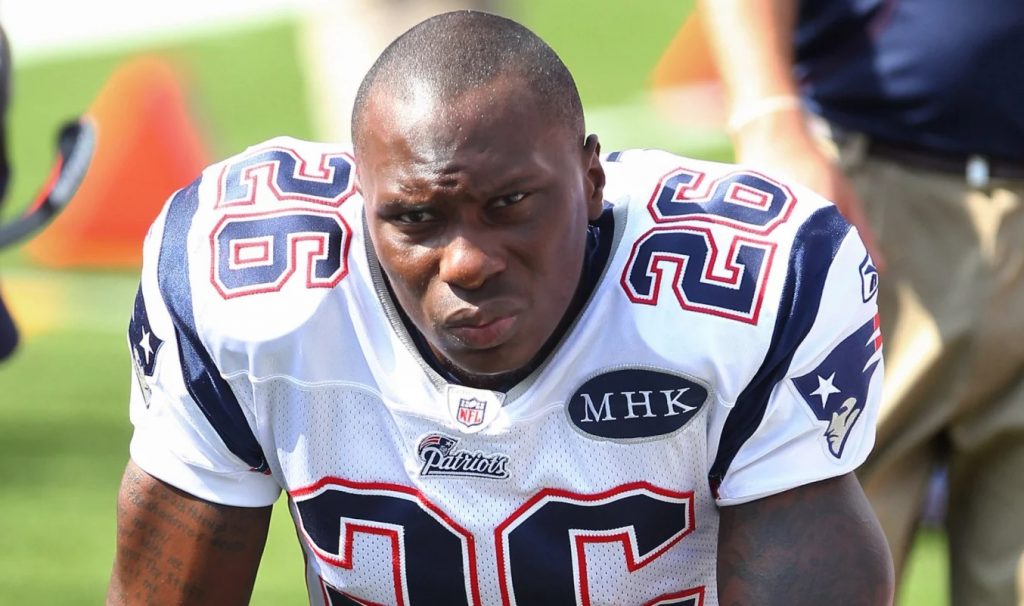
Obviously, Stage 1 CTE is quite scary. But thanks to football player Phillip Adams, we know how much scarier Stage 2 CTE can be!
According to NBC News, Adams shot and killed 70-year-old Dr. Robert Lesslie in 2021. He also shot Lesslie’s wife, his two grandchildren, and two men at the house. Afterward, Adams shot and killed himself.
When the autopsy came out, NBC reports that it confirmed Adams had Stage 2 CTE. To make things worse, Adams’ frontal lobes had received most of the damage. This can affect personality, judgment, and impulse control, and other murderers have also suffered from Stage 2 CTE.
Tommy Simpson
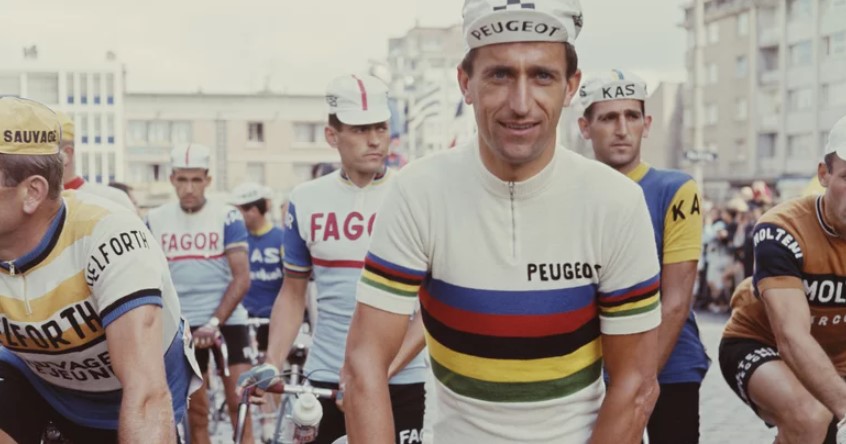
Tommy Simpson was a famous athlete in the history of professional cycling. He helped put England on the map when it comes to European cycling. Everyone had high hopes for his performance in the 1967 Tour de France. Tragically, though, this race ended up spelling his doom.
It was the 13th day of the event and Simpson was 6,000 feet up on scenic Mt. Ventoux when he collapsed multiple times. Soon afterward, he died at a nearby hospital. While most initially thought the heat killed him, Cyclist reports that he had been taking amphetamine pills to help him perform. Interestingly, his official autopsy reports were later destroyed and his daughter could not obtain them. To this day, Simpson serves as a cautionary tale about performance enhancers and pill-popping in the world of cycling.
